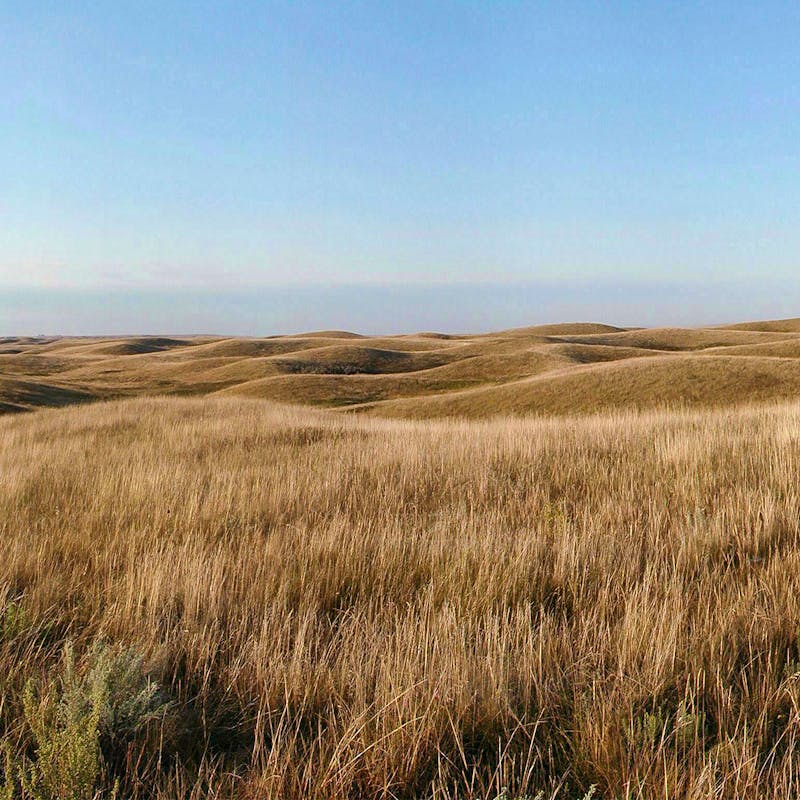Tweet“To address the current environmental crises in the US, investments to conserve 30% of our lands and waters by 2030 should be directed to areas that protect biodiversity and enhance climate resilience. Our study outlines how that can be done.”
A new study by Defenders of Wildlife’s Center for Conservation Innovation, “Identifying key federal, state and private lands strategies for achieving 30X30 in the US” was published this week in the leading scientific journal Conservation Letters.
The groundbreaking research, which went through rigorous peer-review after first being released as a report by CCI in 2020, highlights strategic ways to conserve 30 percent of our nation’s lands and waters by 2030.
“We are thrilled that this research will be accessible to a wide range of decision-makers, researchers, and conservationists,” said lead researcher Lindsay Rosa, CCI’s senior conservation scientist. “This is what Defenders’ Center for Conservation Innovation is about, expanding our knowledge about how best to conserve imperiled species and their habitat.”
By comparing locations of high imperiled species diversity and carbon storage – some key objectives of the 30 x 30 conservation effort - with the current protected areas network, former CCI Director Jacob Malcom and Rosa found that 80 percent of the most biologically diverse parts of our country are currently unprotected and that two-thirds of carbon-rich areas are as well. Many of these places also face a higher risk of land conversion or climate change by 2050.
This presents an alarming issue as humanity faces down the joint climate and biodiversity crises.
“To address the current environmental crises in the US, investments to conserve 30% of our lands and waters by 2030 should be directed to areas that protect biodiversity and enhance climate resilience,” said Rosa. “Our study outlines how that can be done.”
Areas of high biodiversity that are at greatest risk of future land conversion include regions along the Appalachian Mountain Range, the Gulf Coast, Western California and part of the Midwest. While carbon-rich areas that are most at risk are in Southern Florida, the Pacific North.
For over 75 years, Defenders of Wildlife has remained dedicated to protecting all native animals and plants in their natural communities. With a nationwide network of nearly 2.1 million members and supporters, Defenders of Wildlife is a leading advocate for innovative solutions to safeguard our wildlife for generations to come. To learn more, please visit https://defenders.org/newsroom or follow us on X @Defenders.
News

Hundreds of Thousands of Americans Oppose Trump Administration Effort to Roll Back Protections for Imperiled Animals and Plant Species






